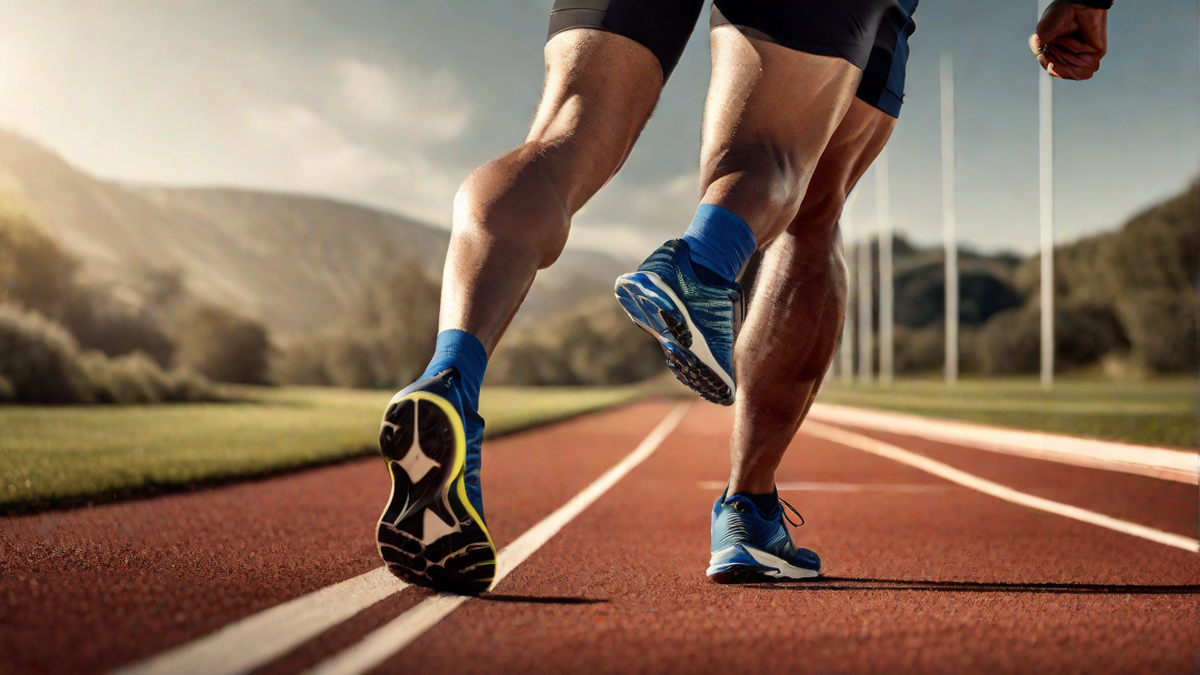As a runner and fitness enthusiast, I often get asked whether running can help build big calves. It’s a common misconception that running alone can significantly increase the size of your calf muscles. While running can contribute to calf muscle development, there are several factors to consider when it comes to achieving “big” calves.
Understanding Calf Muscles and Running
The calf muscles, specifically the gastrocnemius and soleus muscles, are heavily utilized during running. These muscles are responsible for the push-off phase of each stride, propelling the body forward. While running primarily targets the endurance and strength of these muscles, the actual hypertrophy or increase in muscle size is limited.
Building Big Calves
Contrary to popular belief, consistently running long distances is unlikely to result in substantial calf muscle growth. To build bigger calf muscles, it’s essential to incorporate targeted strength training exercises. Movements such as calf raises, both seated and standing, are effective for isolating and stressing the calf muscles for hypertrophy.
Consider Genetics
Genetics play a significant role in muscle development. Some individuals are genetically predisposed to having larger calf muscles, while others may find it more challenging to build mass in this area. Understanding your genetic predispositions can provide insight into the potential for calf muscle growth through running and targeted strength training.
A Balanced Approach
While running may not directly lead to big calf muscles, it does contribute to overall lower body strength and endurance. Incorporating a balanced approach that combines running with targeted calf exercises can help achieve a more defined and proportionate lower body.
Final Verdict
So, can you get big calves from running? While running can contribute to calf muscle endurance and strength, achieving significant hypertrophy in the calf muscles typically requires targeted strength training and a balanced approach. By incorporating running with targeted exercises, individuals can work towards achieving stronger, more defined calf muscles.
Ultimately, the size and appearance of calf muscles are influenced by a combination of genetics, training methods, and individual body composition. It’s important to set realistic expectations and embrace the individuality of our bodies as we strive for personal fitness goals.

